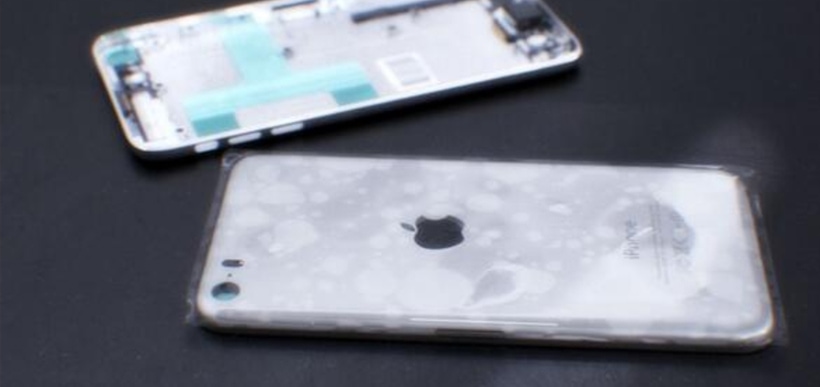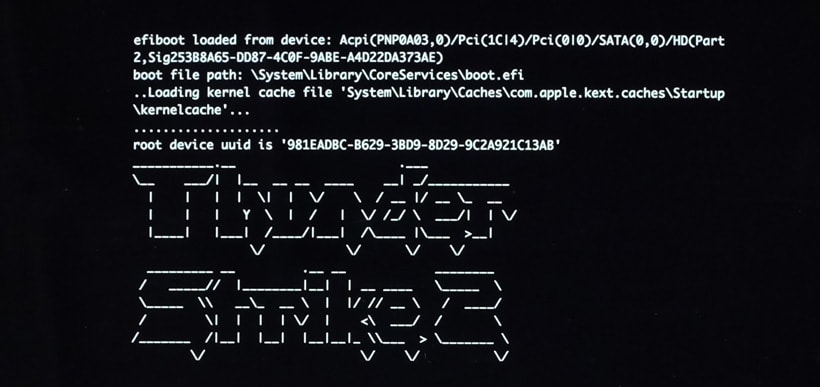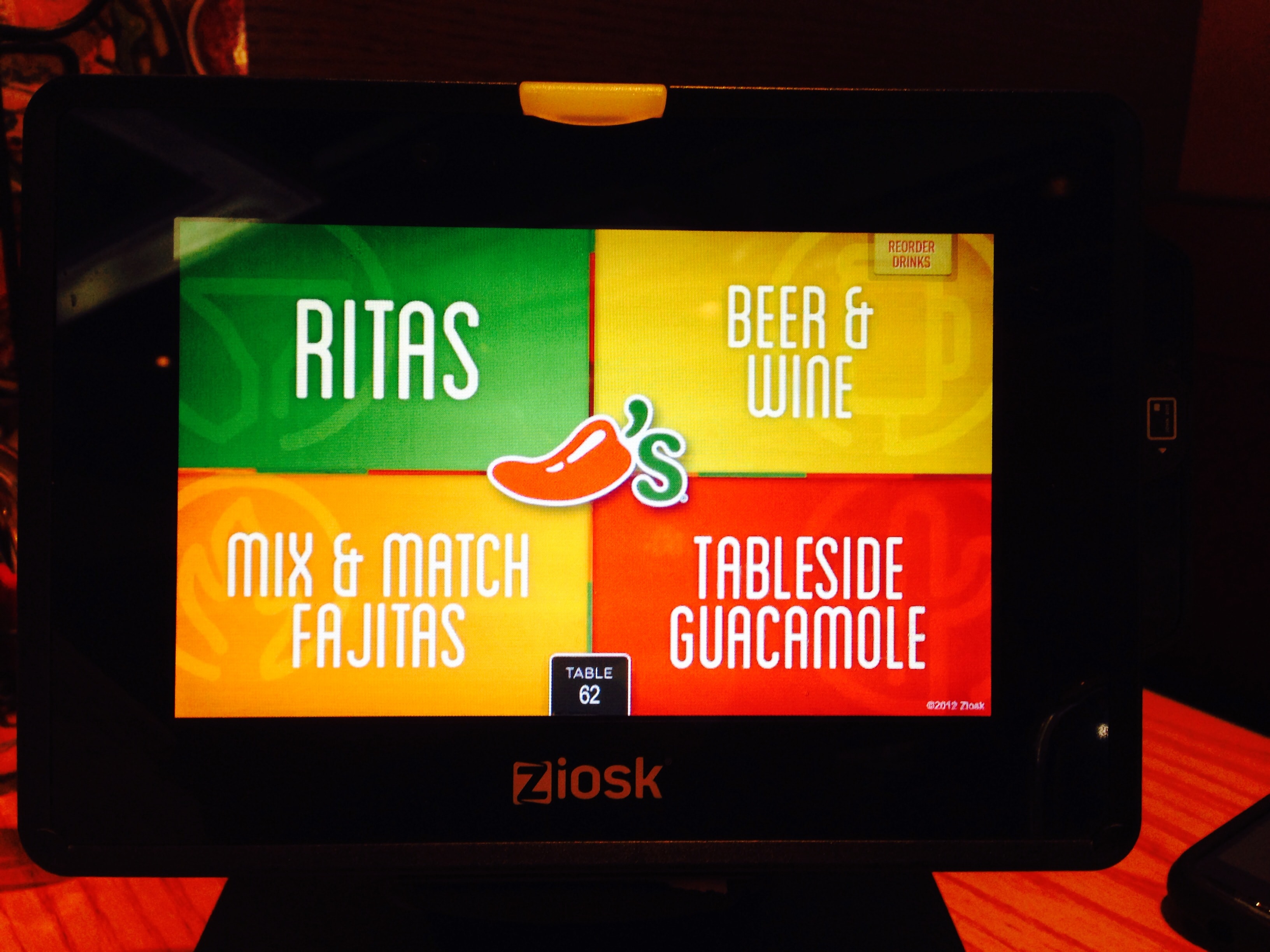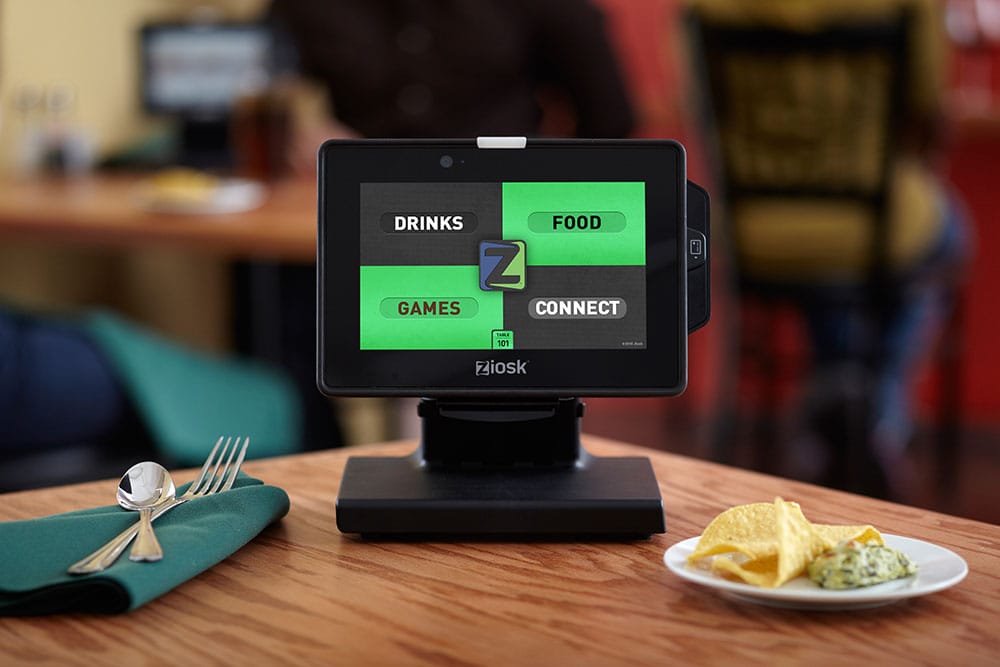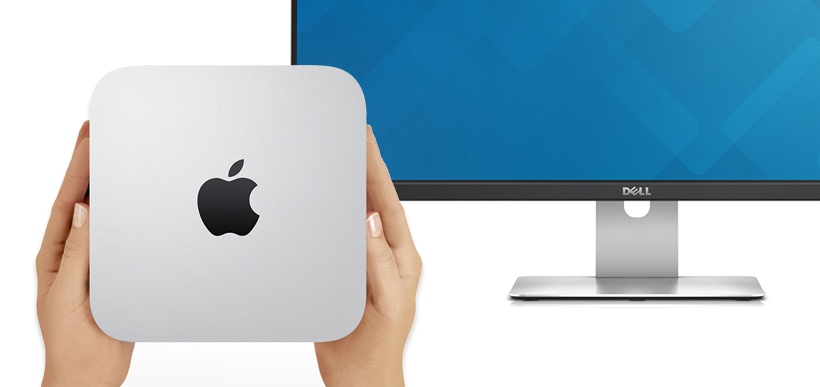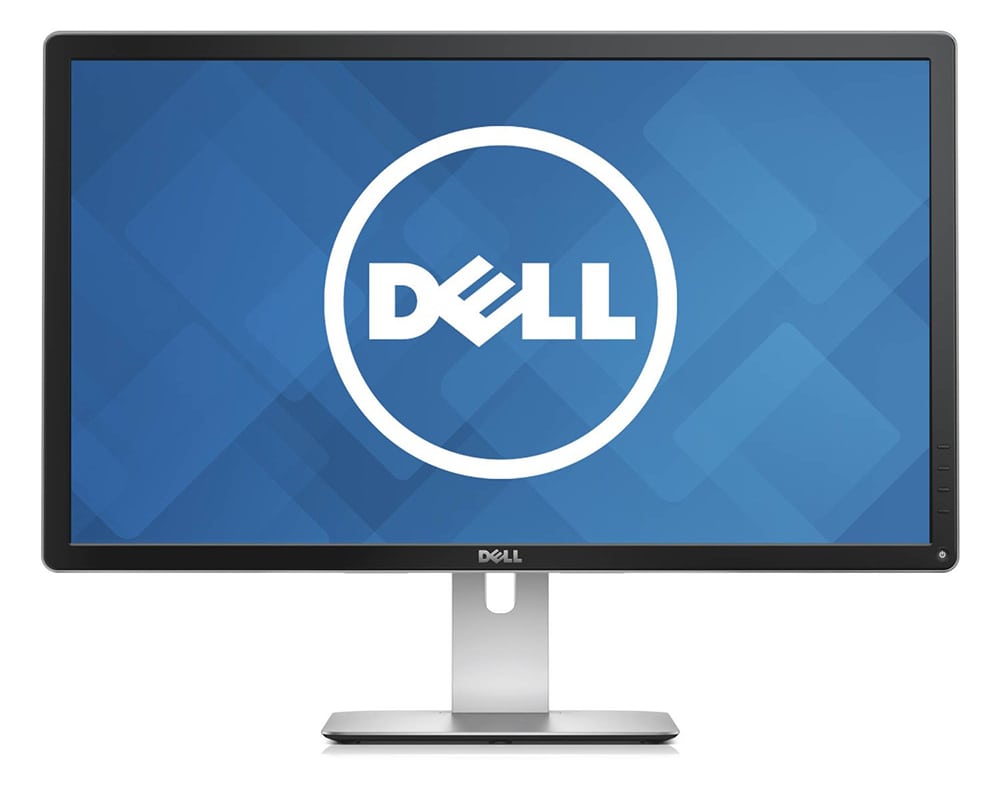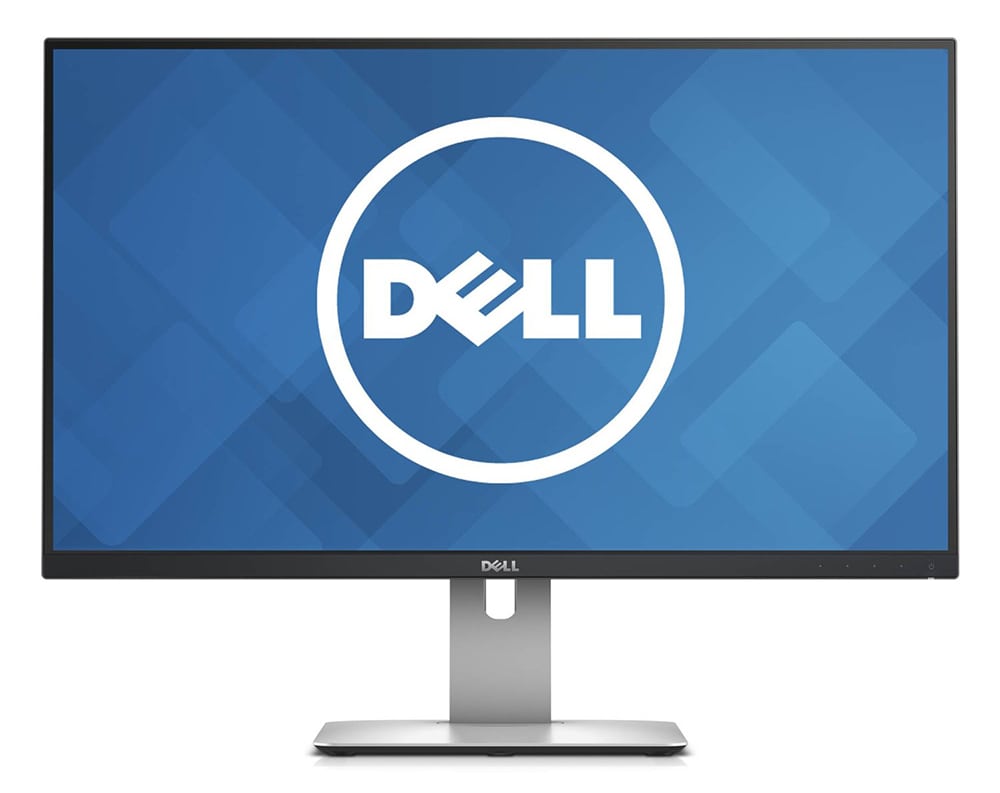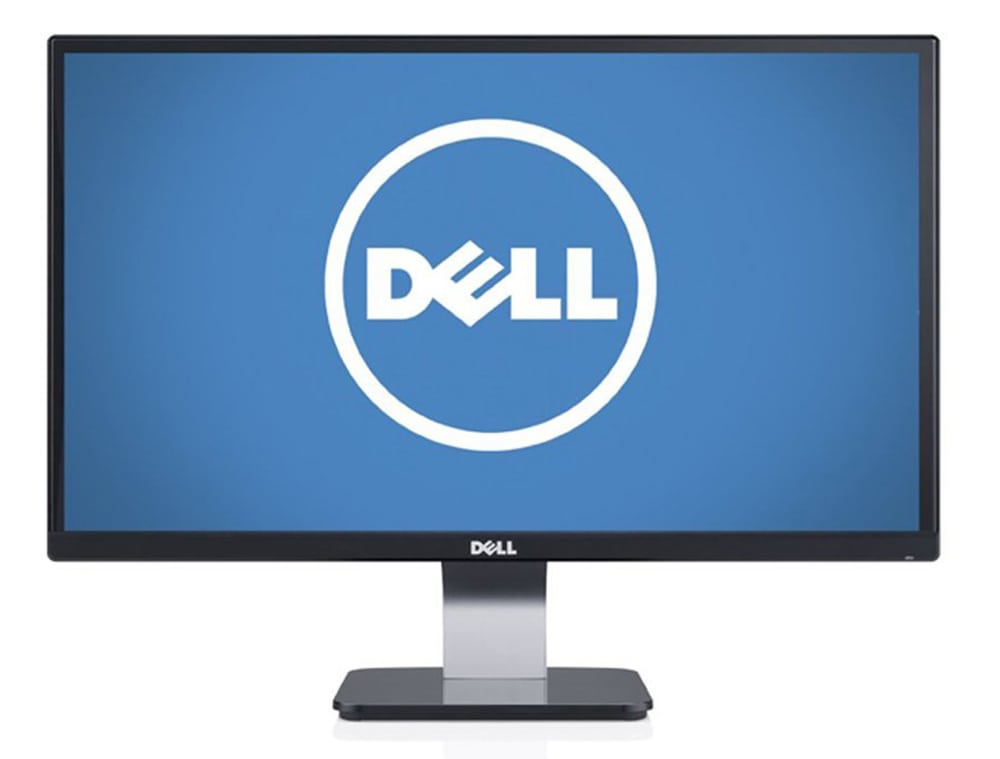As the widely rumored September 9th release date for the next iteration of iPhone approaches, so do the leaks! MacManiack obtained and released suspected images of the new iPhone.
It has been reported that the most significant changes to this new iPhone are coming in the form of a better user-facing camera, and new Force Touch technology for the screen, which was first debuted a month ago for new trackpads. The dimensions and aesthetics of the phone appear to be largely the same, which is the usual route for an “S” iteration, with larger changes coming for the “number” models. The sizes of the phones, 4.7-inch and 5.5-inch are supposed to be the same this year.
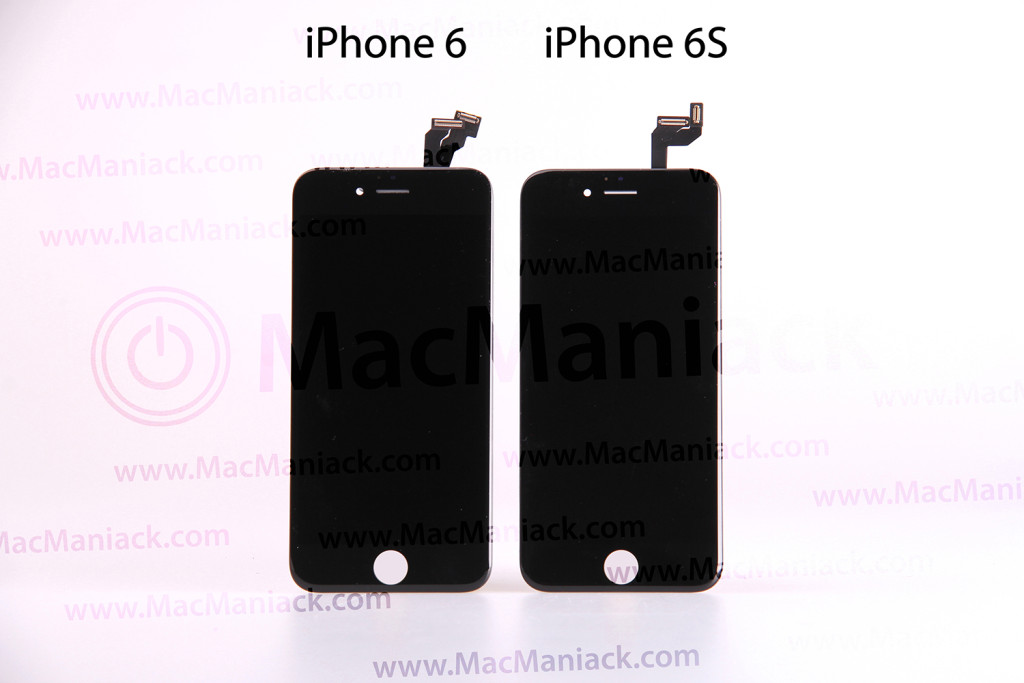
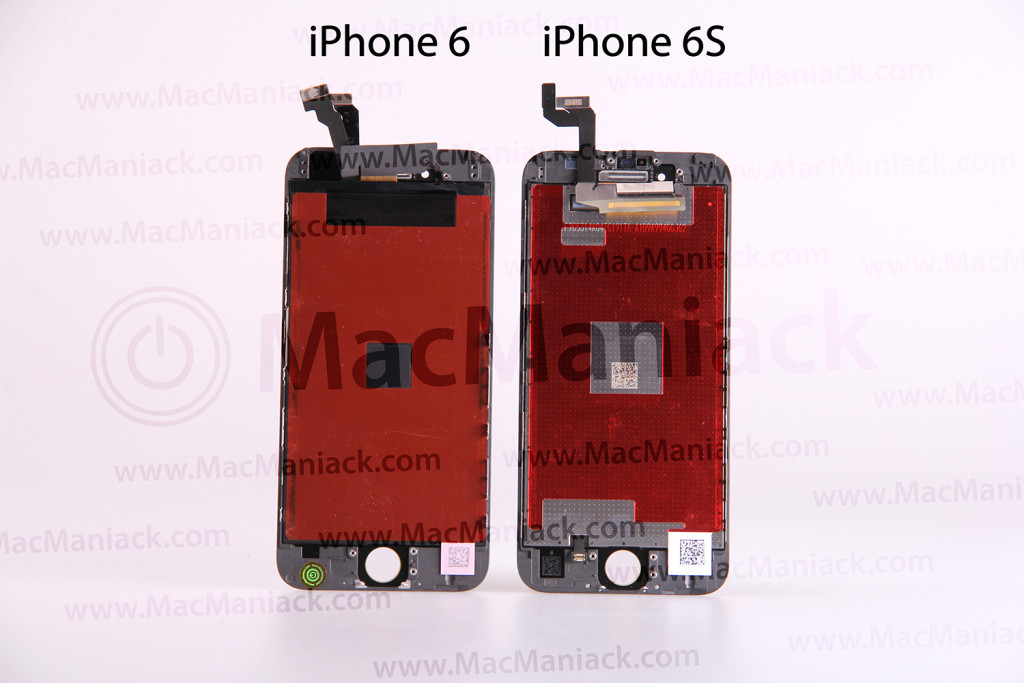
A lot has been written about Force Touch, and leaked images of the iPhone’s new flex cable arrangement seems to validate the new technology’s presence in the phone. KGI Securities, which pretty accurately assess and reports on Apple news, say that Force Touch will indeed be in this new phone. An analyst for KGI, however, also suggested that this new iPhone might not be a huge winner for the company, as it is projected to sell fewer units than Apple sold last year.
Perhaps the biggest change Apple is likely to make to its new phone is Force Touch. Force Touch allows a device to sense more exact pressure, by determining more exactly the area of the finger pushing against it. This technology is already in use on the Apple Watch, where a weak tap on email opens up the message, and a stronger push leads directly to a message reply. On the iPhone this will allow the user to skip long menus, like initiating navigation, or managing messages.
Another major improvement in the new iPhone will probably be the camera. The iPhone 6s or iPhone 7’s user-facing camera will have to be upgraded in order to keep pace with rival smartphones with more powerful cameras from 2015. The new “selfie-cam” is rumored to be capable of shooting slow-motion 240 fps video, and 1080p video at normal speed.
Other probable chances to the new device will be a better aluminum frame and higher resolution screen. Apple’s competitors, like Samsung’s Galaxy 6 and Edge, stepped up the hardware battle this year with hard metal cases and an innovative edge-display. Sources suggest that Apple has been eyeing using the aluminum alloy developed for the Apple Watch on its phones. For those who dislike the plastic bands on the back of iPhone 6, Apple has been working on a fix, although it likely won’t be ready by September launch. TechRadar reported in June that Apple had filed a patent for a new blend of metal oxides that would look like metal but allow radio waves to pass through. This technology would eliminate the need for the plastic strips, necessary in the iPhone 6 to allow radio signals into the phone.
Yet another possible upgrade to the phone could be a higher resolution screen. Apple has consistently improved upon their screens, from the iPhone 4’s “Retina” screen, to the iPhone 6’s “Retina HD Display”. Reports from IT Pro suggest that Apple’s new smaller model phone may feature a five-inch display with 400ppi resolution.
No matter what the details are, bigger phone, smaller phone, no plastic, new metal, whatever, global markets and customers alike eagerly await the new redesign.
